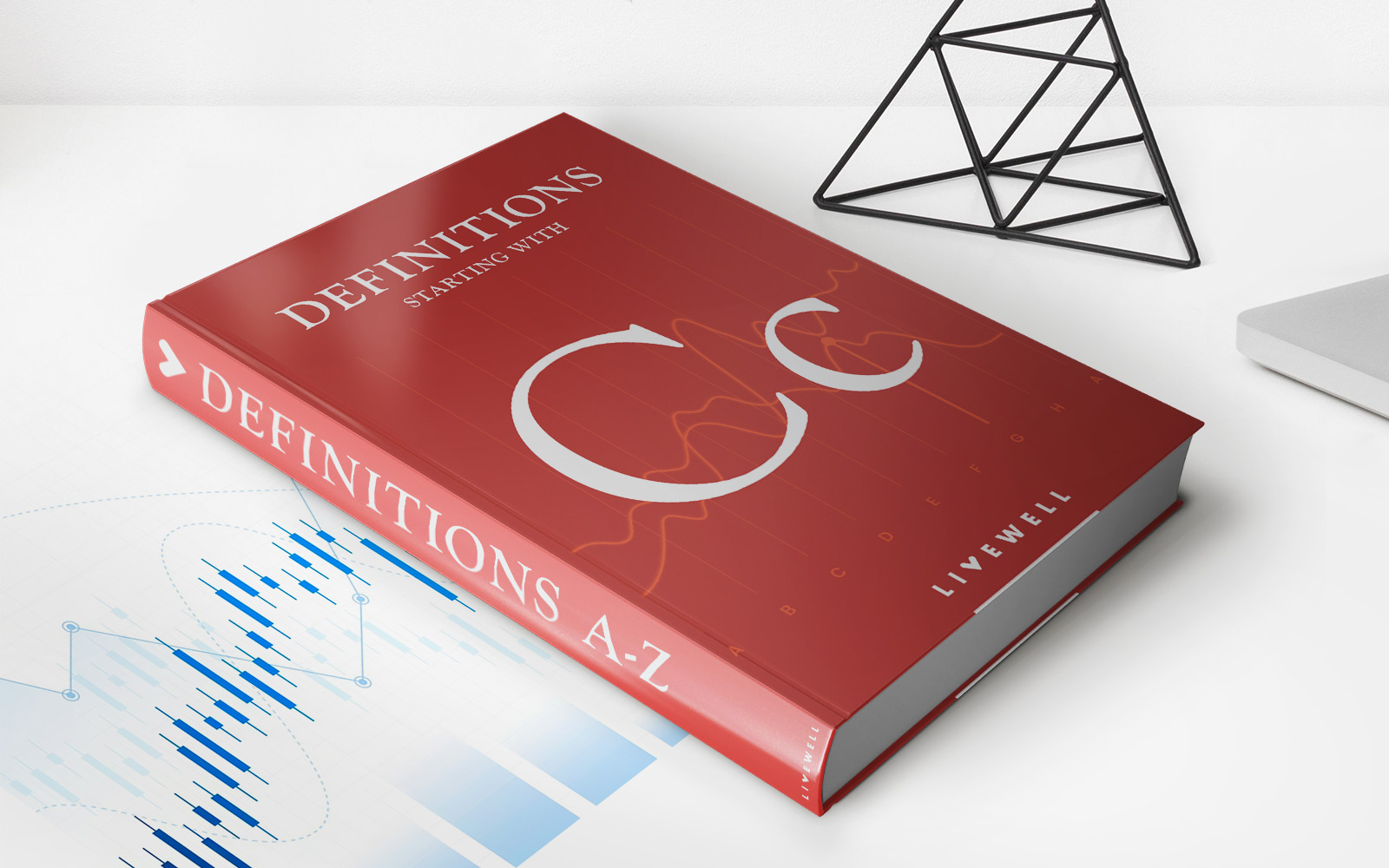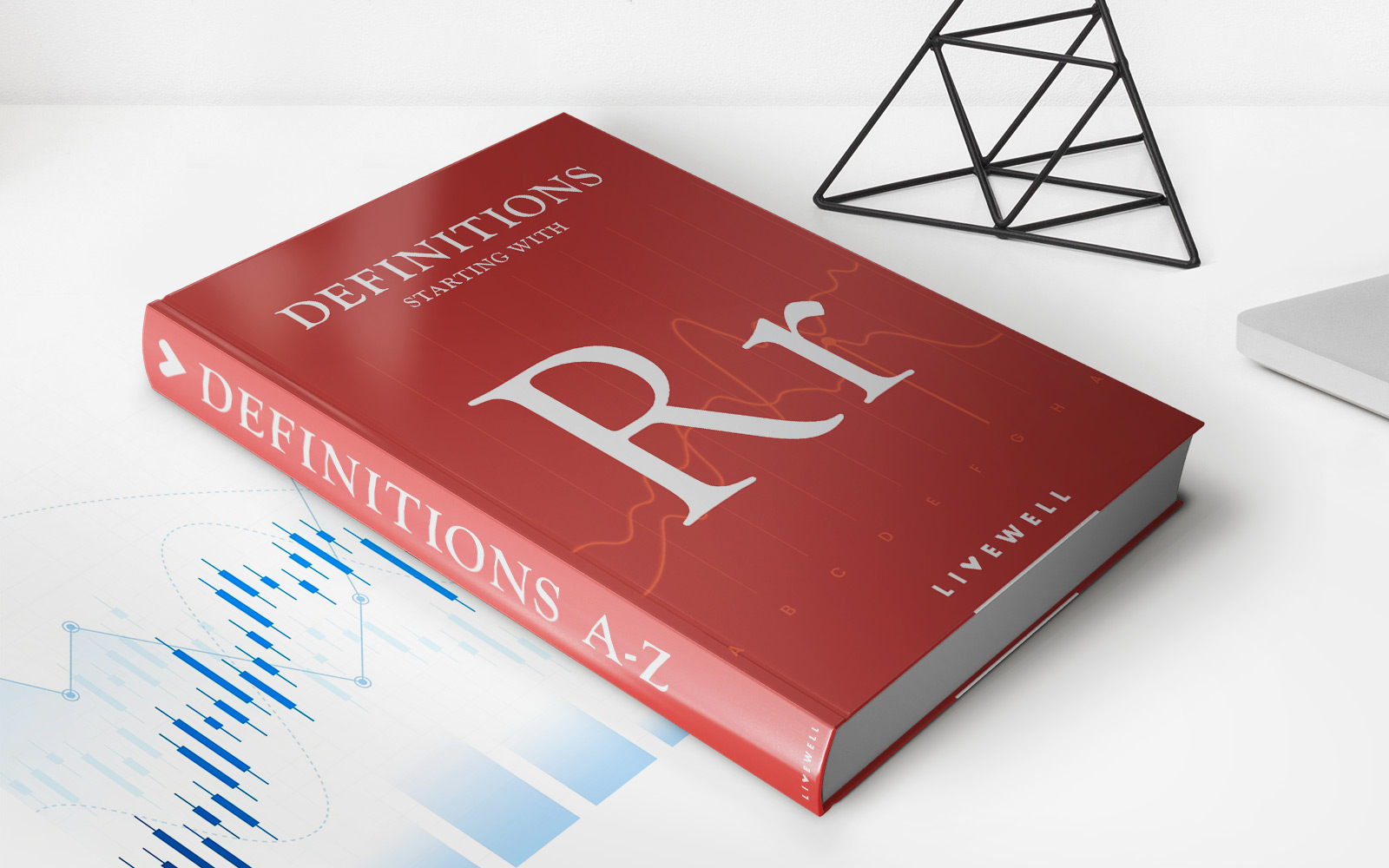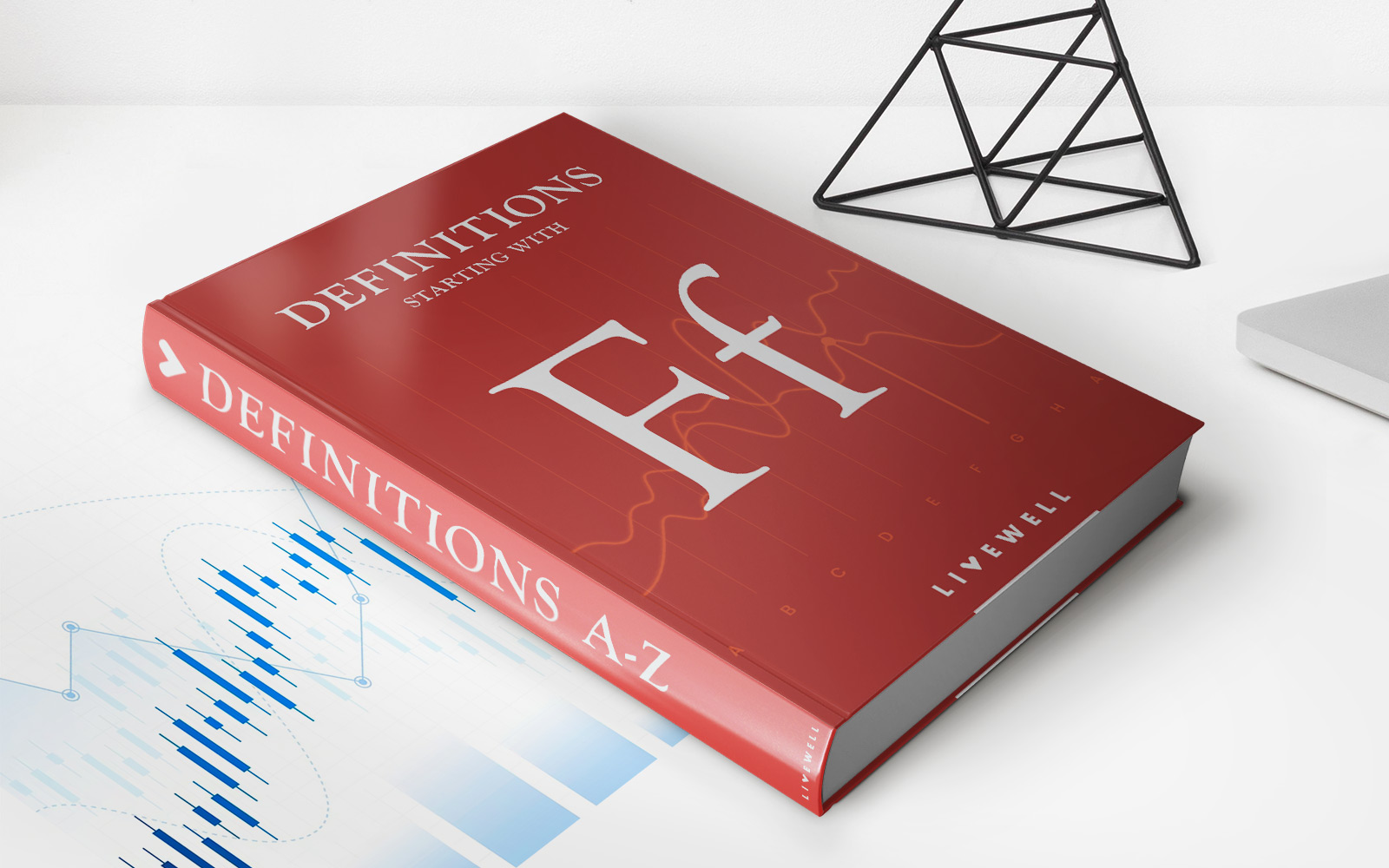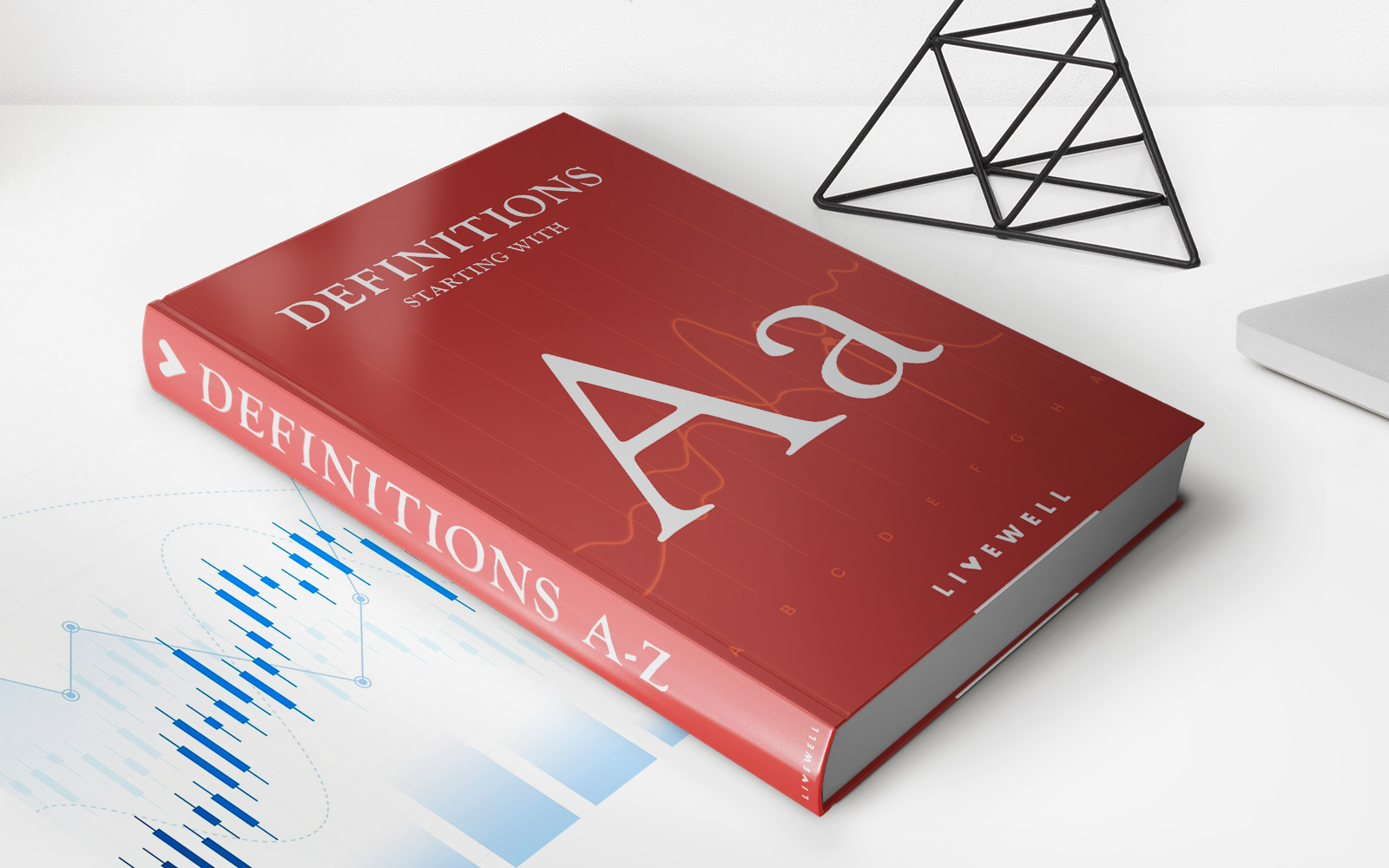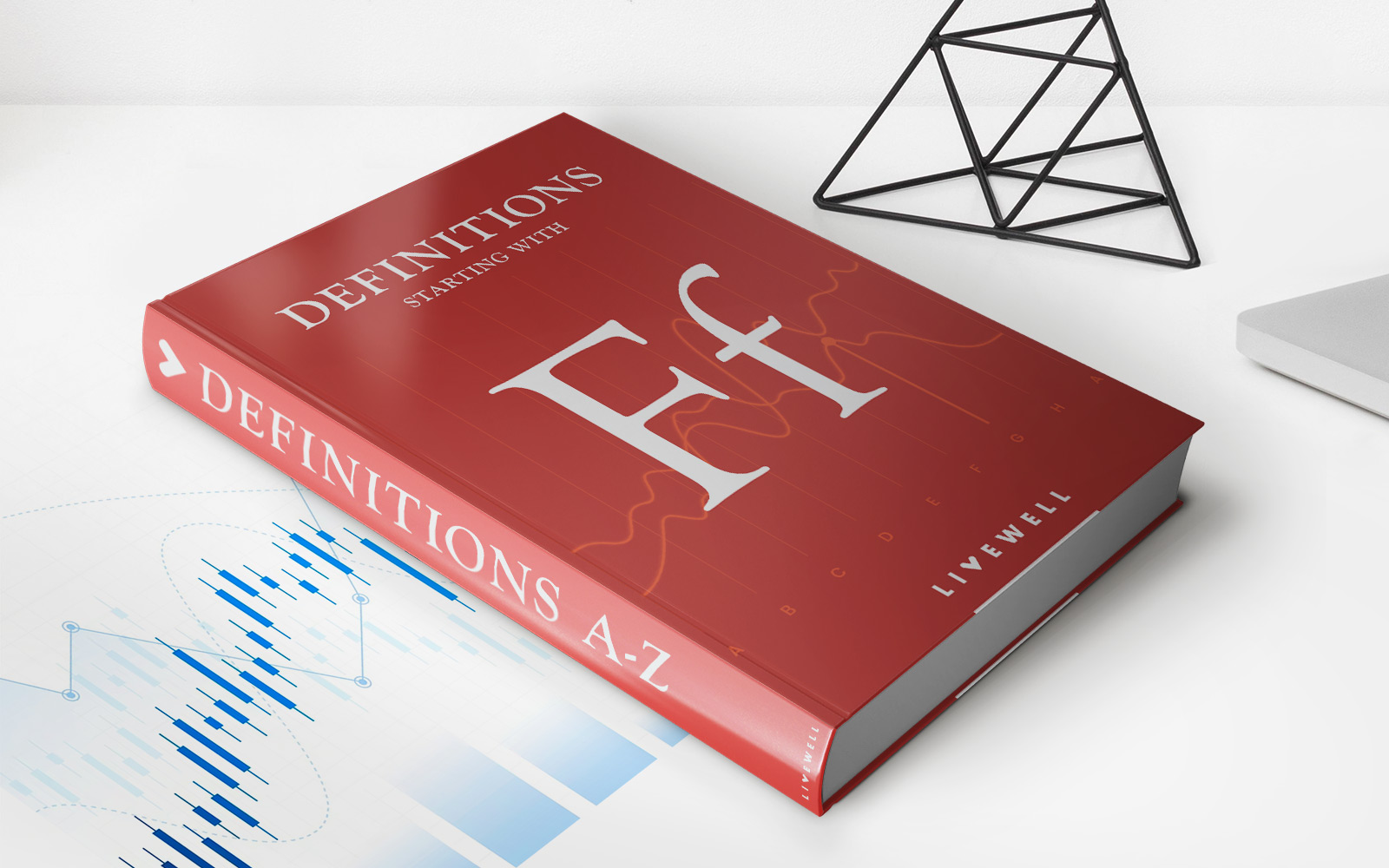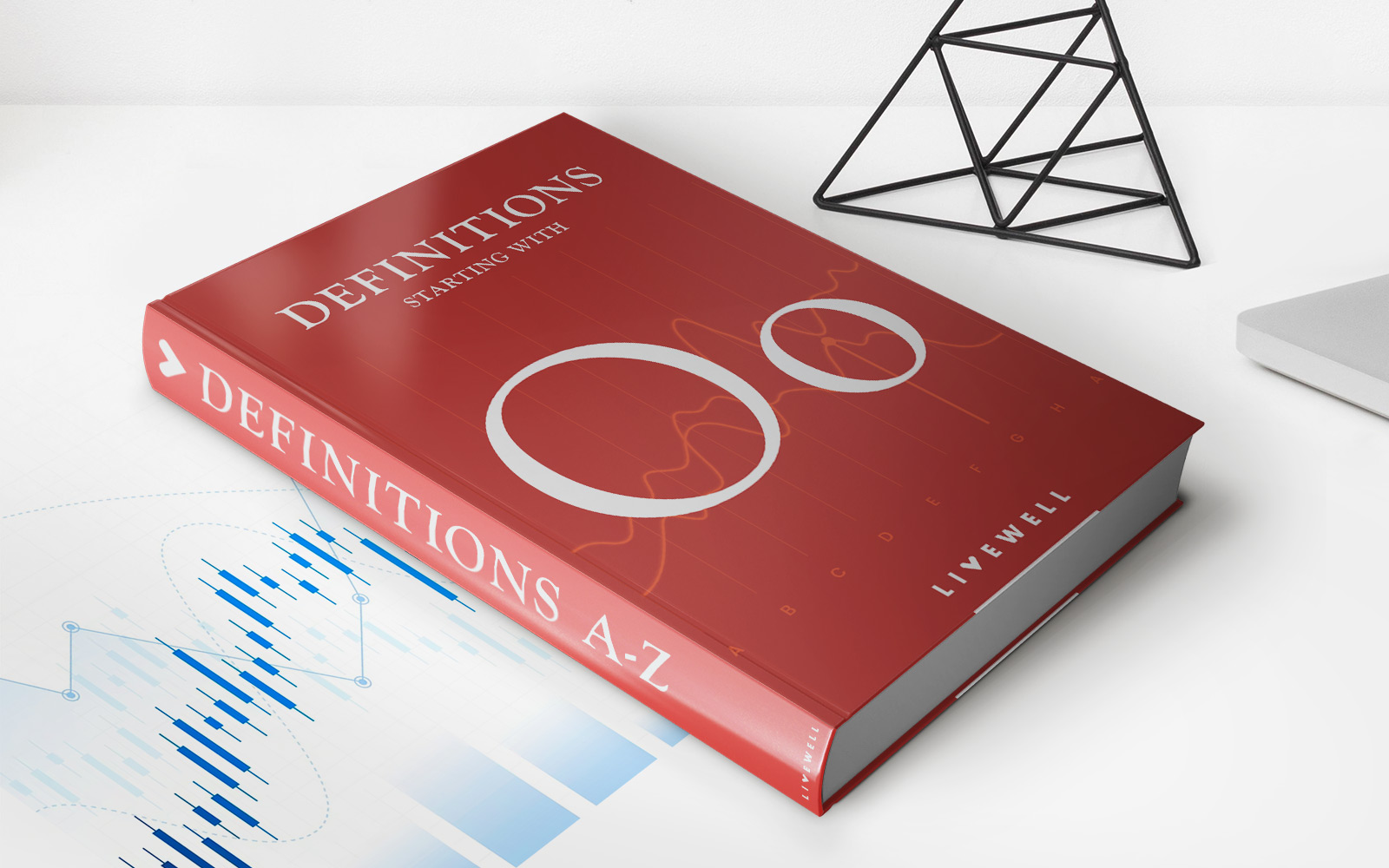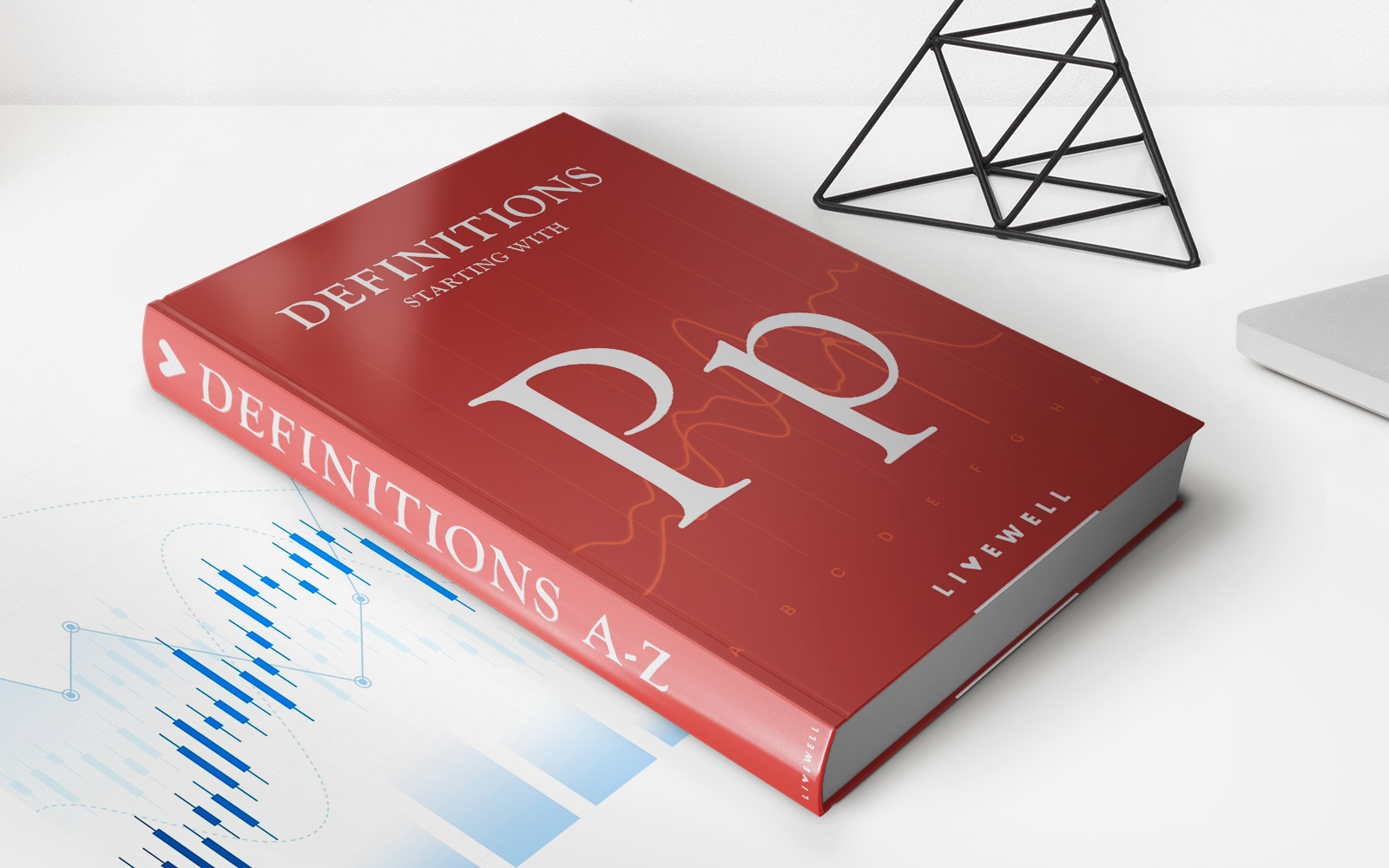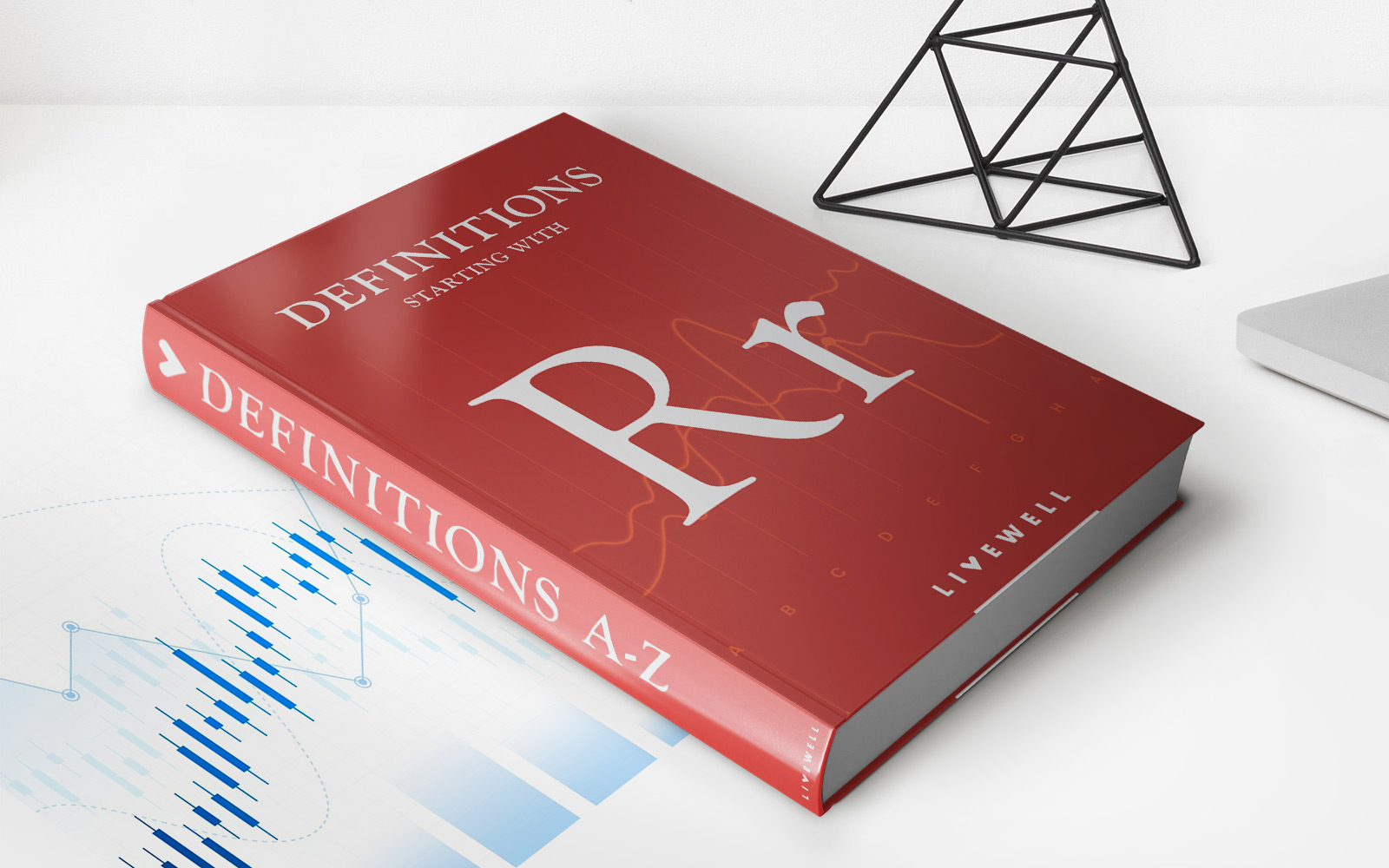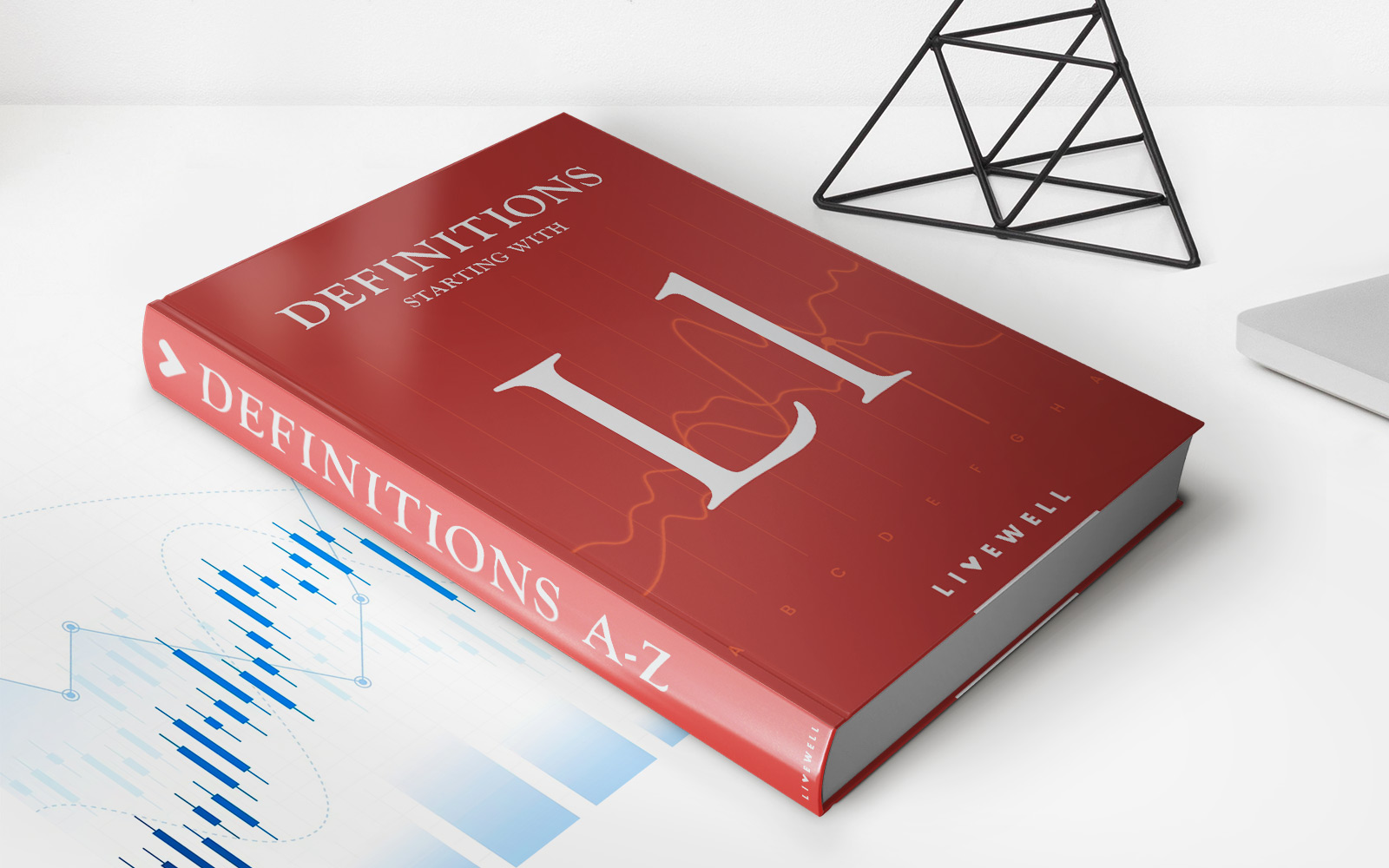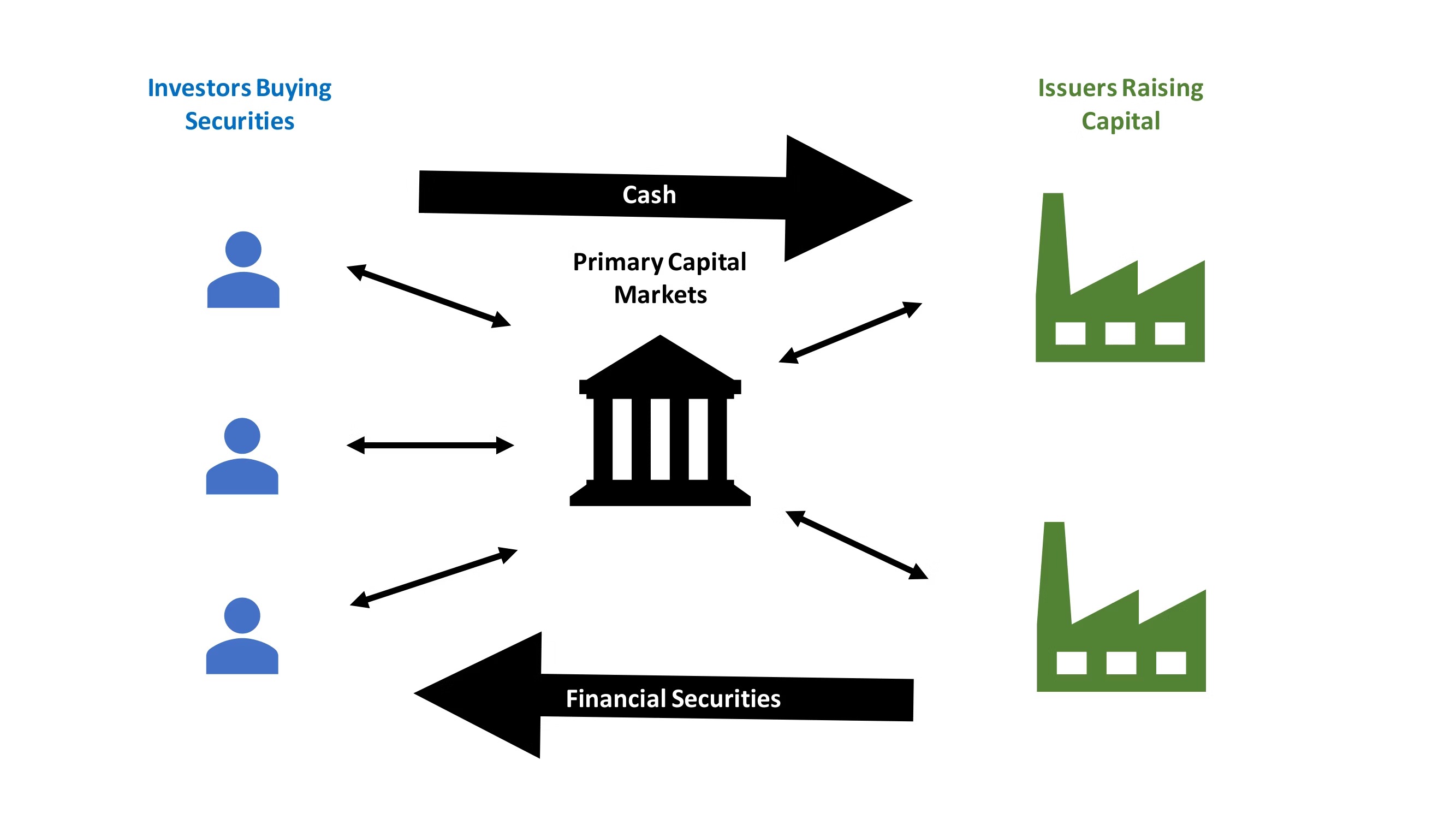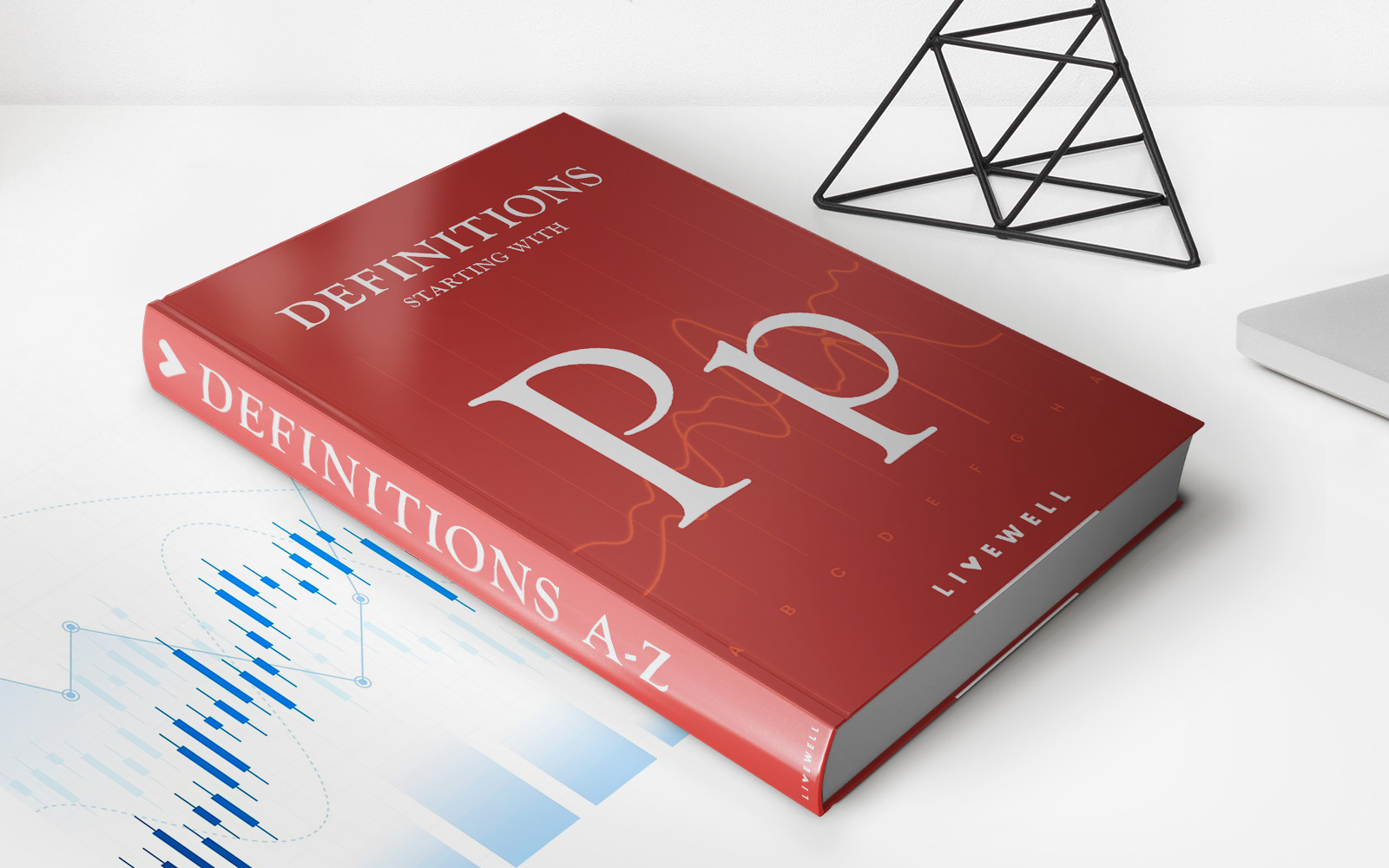

Finance
Prospective Reinsurance Definition
Published: January 13, 2024
Get a clear understanding of prospective reinsurance in the world of finance. Learn how it works and its significance for insurance companies.
(Many of the links in this article redirect to a specific reviewed product. Your purchase of these products through affiliate links helps to generate commission for LiveWell, at no extra cost. Learn more)
Understanding Prospective Reinsurance: A Comprehensive Guide
Welcome to our “Finance” category! In this blog post, we will delve into the world of prospective reinsurance and provide you with a comprehensive guide on what it is, how it works, and why it is essential in the field of finance. By the end of this article, you will have a solid understanding of prospective reinsurance and be equipped with valuable insights to navigate the complexities of this topic.
Key Takeaways:
- Prospective reinsurance is a risk management strategy used by insurance companies to transfer a portion of their potential future losses to another party, known as the reinsurer.
- Reinsurers assume the risk in exchange for a premium paid by the insurance company, providing financial stability and protection against large and unpredictable losses.
What is Prospective Reinsurance?
Prospective reinsurance is a specialized form of reinsurance used primarily in the insurance industry. It involves the transfer of risk from the insurance company or the insurer to another party known as the reinsurer. The objective is to protect the insurer from potential future losses that may arise from insurance policies they underwrite.
Insurance companies face risks associated with the policies they issue. These risks include large claims, catastrophic losses, or unexpected events that can result in substantial financial setbacks. Prospective reinsurance acts as a safety net by allowing insurers to transfer a portion of these risks, ensuring financial stability and protecting their balance sheets.
How Does Prospective Reinsurance Work?
When an insurer decides to engage in prospective reinsurance, they enter into an agreement with a reinsurer. This agreement specifies the terms and conditions, including the percentage of risk transfer, premium payments, and the extent of coverage. Here’s a simplified step-by-step overview of how prospective reinsurance works:
- The insurance company identifies the risks associated with their policies and assesses the potential financial impact.
- Based on the assessment, the insurer determines the amount of risk they want to transfer to a reinsurer.
- The insurer negotiates terms with a reinsurer, including the premium to be paid for assuming the risk.
- Once the agreement is reached, the reinsurer provides coverage for the designated risks.
- In the event of a loss covered by the agreement, the reinsurer reimburses the insurer for the agreed-upon portion of the loss.
Benefits of Prospective Reinsurance:
Prospective reinsurance offers several benefits for insurance companies. Here are some key advantages:
- Financial Stability: By transferring a portion of the risk to a reinsurer, insurance companies can mitigate the potential impact of large and unpredictable losses, ensuring greater financial stability.
- Capital Management: Prospective reinsurance allows insurers to free up capital that would have otherwise been allocated to cover potential losses. This capital can be used for other business purposes, such as new product development or expanding market reach.
- Risk Diversification: Reinsurance allows insurers to diversify their risks by spreading them across multiple reinsurers, reducing their exposure to any one event or catastrophe.
- Enhanced Underwriting: Prospective reinsurance can enhance the underwriting process for insurance companies by providing access to expertise and insights from reinsurers, resulting in better risk assessment and pricing.
Conclusion
Prospective reinsurance is a crucial risk management tool that enables insurance companies to transfer a portion of their potential future losses to reinsurers. It provides financial stability, capital management, risk diversification, and enhanced underwriting capabilities. By understanding the concept and benefits of prospective reinsurance, insurance companies can better navigate the ever-changing landscape of the finance industry.

